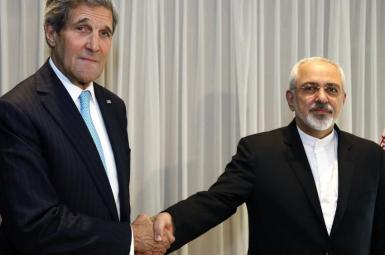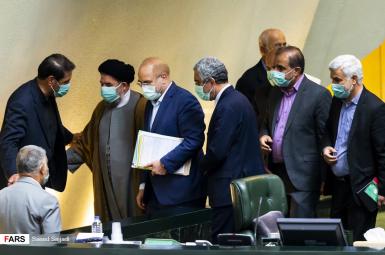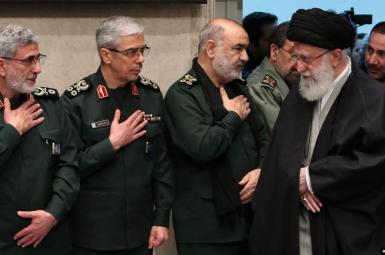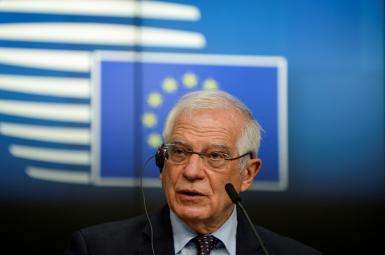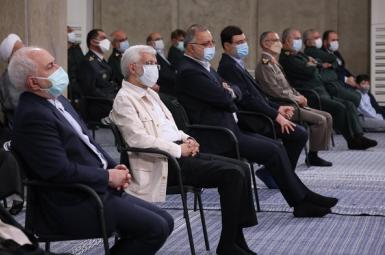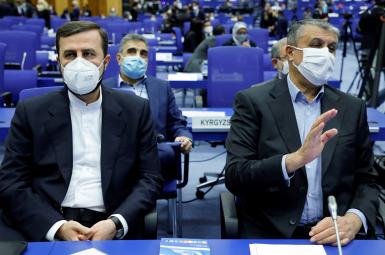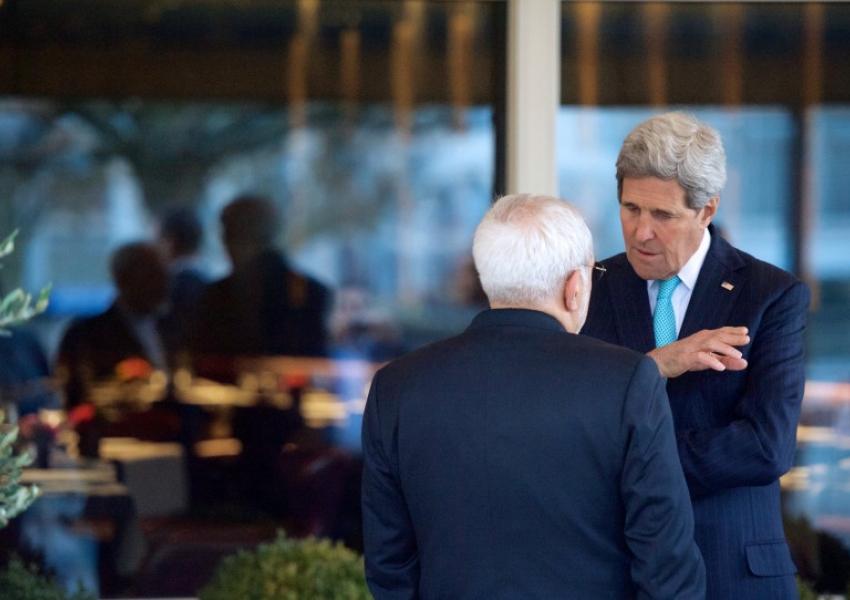
The Zarif Tapes Are About More Than Just John Kerry
Iran International’s publication of an interview that Iran’s Foreign Minister Javad Zarif gave for an oral history project for the presidential administration has set off an international firestorm, rattling domestic politics in Tehran and Washington. In the United States, the focus has been on Zarif’s claim on the tape that former Secretary of State John Kerry revealed to him that “Israel had launched more than 200 attacks on Iranian forces in Syria.” But as Iran International has noted, this disclosure is not very credible as Israeli attacks were discussed in the media as far back as 2017. The Kerry controversy is a proxy for a more fundamental debate over the Biden administration’s desire to rejoin the Iran nuclear deal on a compliance-for-compliance basis.
The timeline of Kerry’s remarks matters here. Israeli Prime Minister Benjamin Netanyahu was accidentally first caught on tape in July 2017 revealing to European officials that Israel had conducted strikes against Hezbollah arms shipments in Syria. These operations had been taking place reportedly since 2013. Fast forward to September 2018, Israel’s then intelligence minister disclosed that “in the last two years Israel has taken military action more than 200 times within Syria itself.” If Kerry disclosed information to Iran’s foreign minister prior to 2017, that is cause for a serious inquiry. Indeed, it is true that when Kerry served as secretary of state, he engaged with Iran’s foreign minister over the conflict in Syria. For example, after the Iran nuclear deal was inked in 2015, in September of that year, he met with Zarif and other powers on the sidelines of the opening of the U.N. General Assembly to discuss Syria and other issues. There were also Syrian peace talks in Vienna the next month, in October. This shows there was a dialogue over non-nuclear issues ongoing at the very time Israeli operations were underway in Syria. But this is all circumstantial evidence.
If the interaction in question took place after 2017—which is more likely given Zarif quoting the 200 figure—these operations were already in the public domain and therefore the Biden administration will argue—and has already been doing so—that such a revelation was not all that revelatory. Thus, probing the context and the timing of when these conversations took place will be important.
Under the current composition in Congress—with a 50-50 split between Democrats and Republicans in the US Senate and a Democratic majority in the House—Republican options are limited as it relates to oversight of this matter. Republicans are likely aware of this dynamic, but their fury over this story also stems from their concerns over the Biden administration’s desire to resurrect the Joint Comprehensive Plan of Action (JCPOA). Apart from pursuing the same strategy, the appearance in the administration of the same officials—albeit in somewhat different positions—has only reinforced Republican alarm. Apart from the structural weaknesses of the JCPOA, perhaps its most enduring imperfection is the lack of a sufficient bipartisan coalition supporting the agreement to sustain its existence. The political durability flaw existed in 2015 and continues to exist today. The Kerry episode is only the latest reminder of that reality.
In the end, while many US officials and media seized on the Kerry portion of the audio tape, it was only a small part of a very lengthy interview that provides insight into the limitations of Iran’s Foreign Ministry as a negotiating partner as the Vienna talks continue. Before Hassan Rouhani’s election to the presidency, the Supreme National Security Council (SNSC) ran point on the nuclear file. After 2013, this changed, and the Iranian Foreign Ministry spearheaded the nuclear negotiations. While it is true that the Foreign Ministry was able to deliver a deal during the 2015 nuclear talks, the political context inside Iran has changed since that time. The new composition of Iran’s Supreme National Security Council (SNSC)—with two Rouhani rivals joining the body after 2015—along with the upcoming presidential election and Iran’s supreme leader’s focus on matters of succession will impact Iranian decision-making over the timing of when to conclude a deal. Therefore, Iran’s Foreign Ministry of 2015 is different from Iran’s Foreign Ministry of 2021, despite the steady presence of Zarif and his deputy foreign minister, Abbas Araghchi, during the talks.
In the end, the controversy over John Kerry will likely subside. But questions over Iran’s seriousness to get to yes before the June presidential election will remain and the fury from Republicans this week is only a preview of what is to come if the Biden administration rejoins the 2015 Iran nuclear deal.

